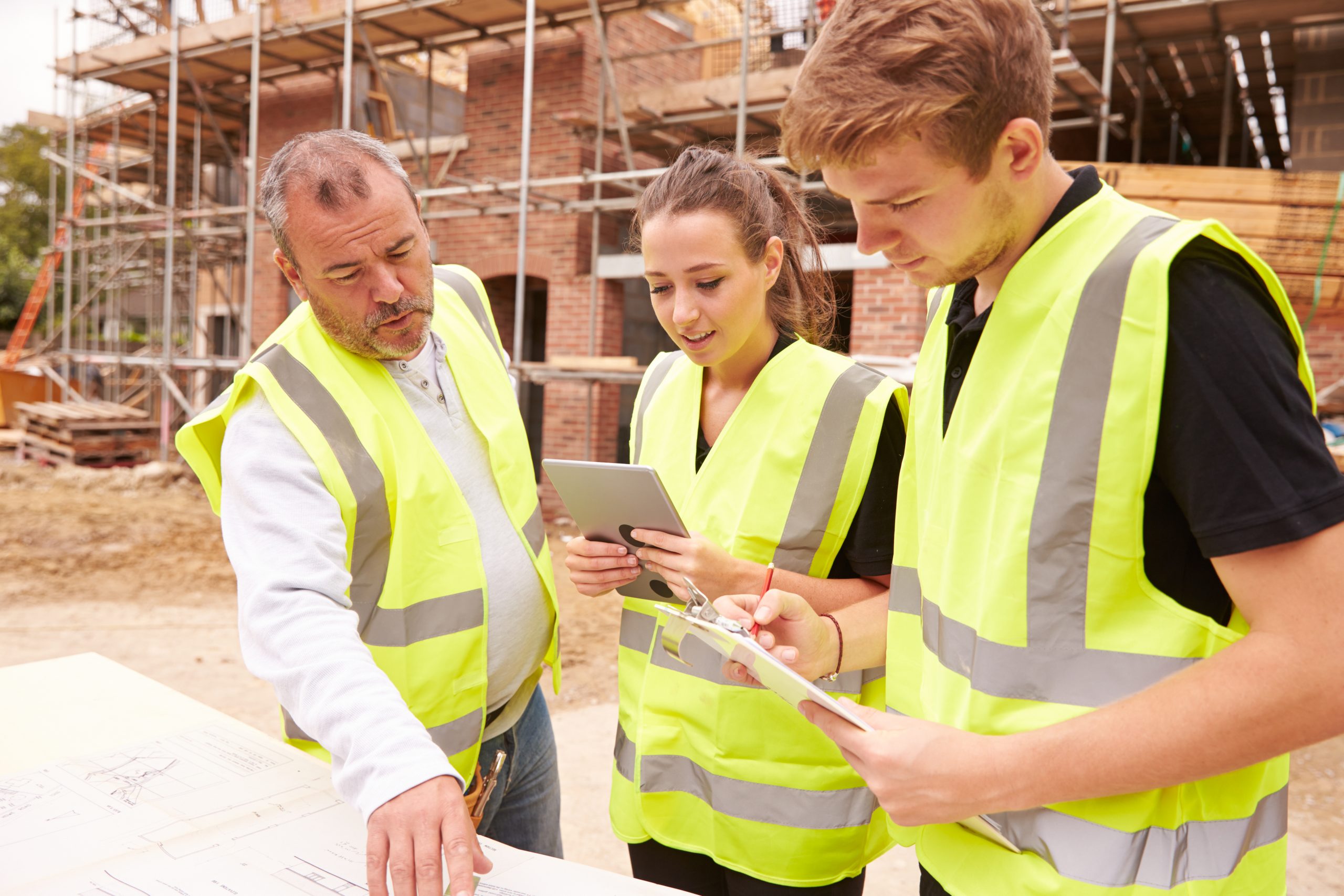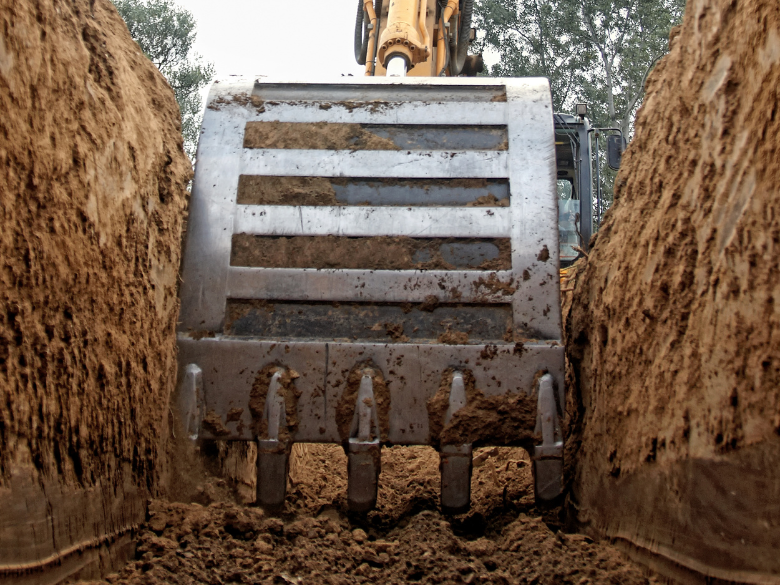
While many industries seem to have recovered post-pandemic, the construction sector is still battling tough conditions.
It’s important to keep on top of your business processes to reduce headaches later down the track. Whether it’s your invoicing, your insurance, or your health and safety, neglecting these things can really hurt later on. Some businesses are choosing to take this time to invest in their current systems and processes, to help them to build a more resilient business that can respond to the market.
If your business has scaled back a bit, such as cutting back on help, switching to smaller renovation projects, or you plan to really tighten the belt on the budget for a while, we’re here to remind you to prioritise your H&S. As long as you or your team are on the tools, you need to manage health and safety effectively. This means:
The HazardCo system helps you to manage your health and safety in the simplest way possible, so you’ll feel confident you are keeping your team and your business safe. The system is designed especially for home builders, and comes with all the reports and templates you need, loaded up with advice provided by experts
Key benefits include:
Health and safety should never take a back seat. It’s still as crucial as it’s ever been and HazardCo’s here to keep you out of strife.
Get a free 7-day trial of the HazardCo health and safety system.
As a plumber, you know your business runs better when you’ve got a good process to manage your jobs. But keeping your job management in top form can be a hard task when you’re on the tools everyday.
Time is money, so the less time you spend making calls to confirm service details or buying materials, the more billable hours you have to complete work. To run your business in a more efficient and profitable way you need to be making the most of your time, instead of getting bogged down by admin.
If your team is using paper quotes or sending ad hoc emails, you’ll be wasting precious time every week trying to find this information when you need it. An app-based job management solution stores all of the information you need in one place so you can find all the details you need, when you need them.
Do you find you’re frequently making calls to your team to stay on top of what they’re working on and what jobs have been completed? On the flip side, do you find your team calling throughout the day wondering where they should be and when?
Remove the need for these calls with a job management app that shares all job information automatically between you and your team members. Simply log on and you’ll see exactly where your team is, what jobs have been completed, and any other info that you need for the day. All in one convenient place.
A top-tier job management solution cuts down on double data entry and saves you time transferring data between quotes, accounting systems, timesheets, and payroll. By housing all of your information in one central location, all of your data populates where it needs to be so you can say goodbye to unnecessary manual data entry.
From staying current on all projects to collecting invoices, keeping on top of your customer data is a huge part of your business. A job management solution does more than just keep your contact list in order, it also connects all the information you need to run your business such as current quotes or invoices and past jobs. That way, you can keep your customer history in order, as well as being able to easily check in on outstanding items.
The time you save when you partner with a leading job management system will not only benefit your efficiency but also increase your bottom line. Ultimately, it helps you direct your time and energy to where it’s needed most. Luckily for you, we have just the guys in mind.
FieldPulse is a job management tool with a bucketload of slick features. They give plumbers the tools they need for customer management, quoting, scheduling, and invoicing. You’ll even be able to search the entire Reece product catalogue with live pricing information and submit purchase orders directly to Reece without having to leave FieldPulse.
With FieldPulse’s system, you can save yourself 10+ hours of admin a week. Plus, FieldPulse members have seen a 60 percent increase in customer enquiries converting into paying customers resulting in an average of five new jobs being scheduled each week. Sounds good? Yeah, we thought so.
As a HazardCo member, you’ll receive 20% off a month-to-month Fieldpulse membership. Sign up for a yearly membership and receive 25% off!
Get on top of your health and safety with HazardCo and keep track of job management in FieldPulse. It’s a win-win!
Get a free trial of Fieldpulse.
As part of our ongoing partnership with Buildxact, we’ve recently built a connection between our two systems to help residential building companies and renovators further simplify their business processes.
Buildxact is a Software-as-a-Service company specialising in residential construction management systems. Buildxact is headquartered in Melbourne Australia and is used extensively throughout Australia and New Zealand.
We share a common goal of wanting to simplify home construction by offering easy-to-use digital tools. We are excited to bring together two leading systems and help our members work more efficiently. Our shared vision is to empower builders by helping them to transition to digital systems and reduce their paperwork burden.
There has been strong market demand to build a connection between HazardCo and Buildxact. The first version of this connection automatically uploads important health and safety documents created using the HazardCo system directly to Buildxact. By storing project documents, such as estimates, quote letters, invoices, alongside safety documents like SWMS or safety induction notes in one easily accessible location, builders can save time. We are continuing to work with our members to get their feedback on these tools and discover what other functionality would be valuable.
The integration between HazardCo and Buildxact comes at no additional cost to builders who are already using both systems.
An estimate being created using BuildXact:
At HazardCo, the safety and well-being of every person on the job site is our top priority. By connecting our leading health and safety system with Buildxact’s residential construction management system, we are providing builders with an integrated solution that enables them to complete their projects efficiently while ensuring a safe working environment.
Learn more about Buildxact and the integration here
Inductions are mandatory on all construction sites and are essential for both yours and your team’s safety. We want to make sure you get home safe at the end of the day, so prioritising your H&S is a must.
A site induction is necessary to inform workers of the dangers and risks associated with their work at the start of each project. No two projects are alike, and each has its own set of teams, tasks, work types, environments, risks, activities, and layout.
It’s important for everyone on-site to have a clear understanding of the risks involved. Site inductions are designed to protect people, so it’s crucial we all do them.
At times, a supervisor may not be available on-site to perform an induction. That’s why we’ve made it easy for everyone to conduct an induction on-site. The HazardCo app allows you to complete a site induction easily and digitally, and it be accessible to your entire team.
Our site induction process includes a QR code that can be scanned on-site, acknowledging and reading the site-specific safety plan. With all the necessary information in one place, workers will know what the site/task-specific arrangements and regulations are.
Conducting site inductions properly can save time, stress, and lives. Get in touch with the HazardCo Team to see how we can help you.
If you’re a HazardCo member, click here to find out more on scanning on-site and completing an induction.
If you’re not, click here for a 7-day free trial.
Angle grinders are versatile hand-held tools that are used regularly in the residential construction industry.
Serious incidents can occur when using grinders onsite. The most common causes of injury to operators and nearby workers from angle grinders are:
Here are some control measures to consider when it comes to managing the risks associated with grinders:
Before using an angle grinder, it’s important to check that:
Consider the following safe practices when an angle grinder is in use:
If you’ve got a question about safe grinder use or any other health and safety matter, the HazardCo Advisory Team is here to help. Give them a call on 1800 954 702.
We know that many builders need to get on top of their health and safety. In fact, the 2023 State of Residential Construction Industry report stated that 45% of building companies in Australia don’t have an established health and safety system in place at all.
We’ve partnered with Mitre 10, one of the leading trade hardware stores in Australia, to make it easier than ever for builders, renovators and trades to protect their crew and their business with the HazardCo system.
With this Mitre 10 partnership, you can now charge HazardCo to your Mitre 10 trade account, so it’s super easy to get on board.
We pride ourselves on making health and safety easy to understand and simple to action on-site.
Have a chat to your local Mitre 10 trade rep or store, or get in touch with us below.
Email info@hazardco.com | Call 1800 954 702
SWMS templates are great, most of the time. A template will provide a structure so that you don’t miss any important steps, help you to save time, and a good template will even help you to learn more about what controls to put in place to manage the hazards involved in completing the task.
To be effective, your SWMS needs to be specific to the task, the site and the workers carrying it out. Generic SWMS templates don’t cut it. The SWMS needs to lay out the steps that will be taken to carry out the task and then those steps need to be followed. If work is being carried out in a way that doesn’t match the task steps in the SWMS, the work needs to stop.
One SWMS can be prepared to cover various tasks as long as it takes into account the dynamic nature of the work environment and can be easily read and understood by the workers involved. You might find it easier to create a separate SWMS for each high-risk construction work activity, but remember you need to think about how different activities taking place at the same time or how one activity after another could impact each other.
We recommend looking for a SWMS template that will help you to spend less time writing (as that’s the bit that takes the most amount of time). The template should be guided, rather than just an empty shell that needs to be filled in from scratch. Make sure it’s quick and easy to customise. You should be able to easily adjust the hazards, controls and task steps to reflect how the work will be carried out. It should also use simple language everyone understands.
Digital SWMS templates that you can create, review, edit, sign and save on your phone are a great way to get into the habit of doing your SWMS each and every time you are completing high risk construction work. By using a SWMS App, you’ll know you’ve always got the template ready to go in your back pocket and you’ll know you’ve got a full record of all your completed and signed SWMS saved online.
The HazardCo App includes 25-easy to edit templates, or you can use the template builder to create a SWMS. It only takes a few minutes, and it will suggest controls to put in place, based on the common hazards you identify. If you have a similar job coming up, you can save the SWMS as a Favourite and update it on the go to be task and site-specific. Easy as!
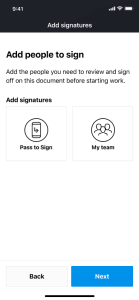
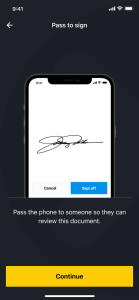
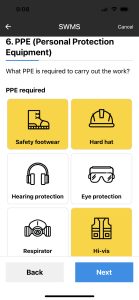
Learn more about HazardCo SWMS templates and health and safety App.
A White Card is proof that you have completed an approved construction induction training course. The training provides basic knowledge of construction work, health and safety laws, common site hazards and how to control the associated risks.
White Cards are also known as Construction Induction Training Cards or General Construction Induction Cards. In some states, a previously issued blue card or red card may still be accepted.
Everyone carrying out construction work needs to have a valid White Card. This includes people who may not be on the tools, such as Principal Contractors, Site Managers and Site Supervisors. Essentially anyone who enters a construction site that is unaccompanied or not directly supervised by an inducted person needs to have a White Card.
Employers must make sure that anyone intending to carry out construction work has completed the required training before they start work. An Employer is required to keep a record of their worker’s training and competencies including White Cards.
White Card holders need to make sure they can show their White Card for inspection while on-site.
Residential construction sites have people coming and coming all day. The HazardCo system automates the process of checking White Cards and makes it really simple.
When a worker scans into your site they will be guided through a site induction and prompted to submit a photo of their White Card by taking a photo of it. The photo of the White Card will be shared with you and saved for your records.
A White Card doesn’t expire as long as the worker keeps up their competencies. If they haven’t worked in the construction industry in the past two years, the White Card is not considered to be valid and they will need to complete the training again.
White Card training is intended to educate and provide awareness of key hazards and risks within the construction industry. It’s fair to say someone without this training may expose themselves or others to an unsafe work environment.
On top of that, as the White card is a mandatory requirement under Health and Safety legislation, a hefty fine can be imposed, something that no one wants!
You will need to complete an approved course. Here is more information by state:
Managing Workplace Health and Safety (WHS) on-site is all about identifying hazards and reducing risks to keep everyone safe. The most important thing you can do is make sure that everyone on-site takes WHS seriously, from the supervisor to the apprentice.
If you don’t know where to start with H&S, check out the list of top-priority health and safety actions we’ve listed below. If you’re looking for a detailed list of all the WHS tasks you should be checking off as a home builder, download the Residential Construction Health and Safety Checklist
Take the hard yakka out of health and safety, with simple digital tools and expert advice when you need it. The HazardCo system will give you confidence that you’re doing all the right things on-site, in the right way. It even has a SSSP Generator so you can create a site-specific safety plan in minutes – take it for a test drive.
As a building company, you’re responsible for the H&S of everyone on-site, not just your direct employees. We know that getting contractors involved in H&S is a big challenge for building companies and is exposing you to additional risk.
Of course, building companies often tell us that although they have some influence over contractors on-site, getting them to engage with health and safety is a challenge, as they don’t have the same level of control over contractors compared to direct staff. Too often, contractors arrive on-site without an established H&S system and need a lot of support from the main contractor. If they do have their own system it creates a paperwork nightmare for the building company that is responsible for ensuring reports are completed and collected.
First, you need to make sure contractors have the right skills and experience to do the job, and second, you need to make sure they are going to carry out the work safely. Once they are onboard, you need to monitor throughout the build if the contractor is following good health and safety practices on-site.
We’ve created a number of new tools that will help you to manage your contractors before they begin working with you and while they are on-site. We’ve also made it easier to monitor your contractor’s H&S activity, even when you’re in the office. It’s one system for everyone.
Pre-site – Do your homework before you start working with contractors to reduce the risk to your business
On-site – Love the HazardCo app? Now contractors can use it too. One H&S tool for everyone under one roof
Oversight – Get the big picture view of all H&S activity taking place
Managing your contractors and ensuring their safety on-site is non-negotiable, so make it simpler, and let our digital and automated tools do the heavy lifting. Get in touch with the HazardCo team to find out more about these pre-qualification tools, and how we can help you to manage contractor safety on-site.

